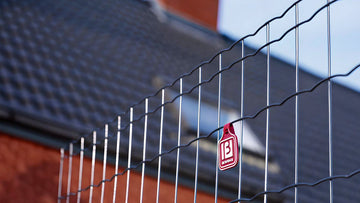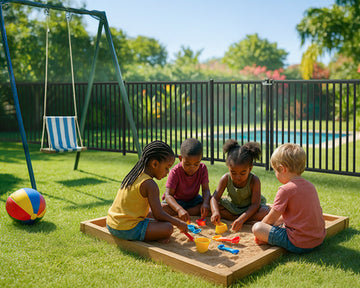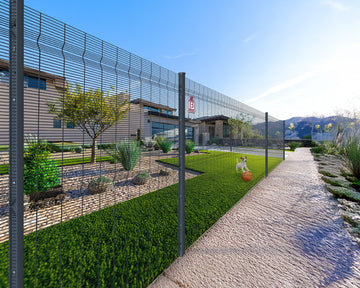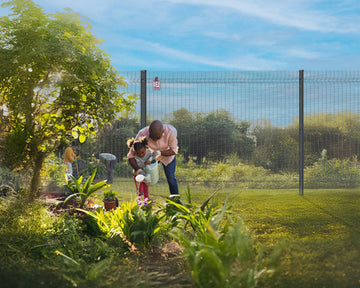
As a South African, you know how important it is to have a reliable security perimeter to protect your property. While you could always hire professional contractors to do your residential fence installation for you, it’s cheaper and more rewarding to do it yourself (DIY).
With Betafence, DIY residential fencing has never been easier. Our DIY panel fences have been designed to make it easy to erect, offering prime security and aesthetic appeal without the need for professional skills. If this kind of solution appeals to you, then read on to get some useful fence installation tips.
Planning Your Layout
The first thing you need to do when installing one of Betafence's DIY panel fences is to measure out the perimeter carefully and mark where you need to install the fence. Doing so will save you a lot of trouble down the line.
Marking out the perimeter using markers or stakes, you can carefully navigate any potential obstacles along the perimeter, ensure that your fence complies with boundary restrictions along your property line, and also help you properly calculate the number of panels and posts required to complete your perimeter.
Installing Your Posts
Installing your fence posts is the most important aspect of ensuring that your fence is sturdy and stable. The post holes need to be dug along the carefully measured outlines, ensuring that they are deep enough to provide a strong, stable structure. Each Betafence post has a marking indicating how deep it should be buried.
Once the posts are placed in the ground, add concrete to anchor each post and ensure it remains firm under pressure. Using a spirit level, check that the posts are perfectly vertical. To help your posts remain upright during installation while the concrete dries, you can temporarily install wooden props.
Attaching Your Panels
After allowing your posts to set for about 24 hours, it's time to attach the panels. If you've measured out your post holes correctly, this should be a simple process of erecting the panels between the posts and securing them using Betafence's patented metal or nylon fixators.
You may encounter a situation where one or more of the panels needs to be cut shorter to fit your perimeter measurement requirements. If this needs to be done, make sure to touch up the cut edges with additional PVC paint to protect them from rust and corrosion.
With the Betafence DIY residential fencing solution, not only can you ensure a visually appealing perimeter but a secure one as well. To order the parts needed for easy residential fence installation, visit our online store or contact us to learn more.
FAQs and Answers
-
What are the benefits of installing a DIY residential fence?
DIY installation is cost-effective, rewarding, and allows you to customise your perimeter without hiring professional contractors. -
How do I measure my perimeter for fence installation?
Use markers or stakes to outline your property, navigate obstacles, and calculate the number of panels and posts required. -
How deep should I dig fence post holes?
Each Betafence post includes a marking to indicate the correct depth. Posts should be deep enough for stability and secured with concrete. -
How long should I wait before attaching fence panels?
Allow at least 24 hours for the concrete to set before attaching panels to ensure the posts are stable and properly secured. -
What tools do I need for DIY fence installation?
Basic tools include a measuring tape, spirit level, stakes, concrete mix, post digger, and Betafence fixators for securing panels. -
How do I ensure my fence posts are perfectly vertical?
Use a spirit level to check alignment and temporarily brace posts with wooden props while the concrete sets. -
Can I cut fence panels to fit my perimeter?
Yes, you can cut panels if needed, but be sure to touch up the cut edges with PVC paint to prevent rust and corrosion. -
Where can I buy Betafence DIY fencing products?
You can order Betafence DIY fencing solutions online through our store or contact us for more details on product availability.



